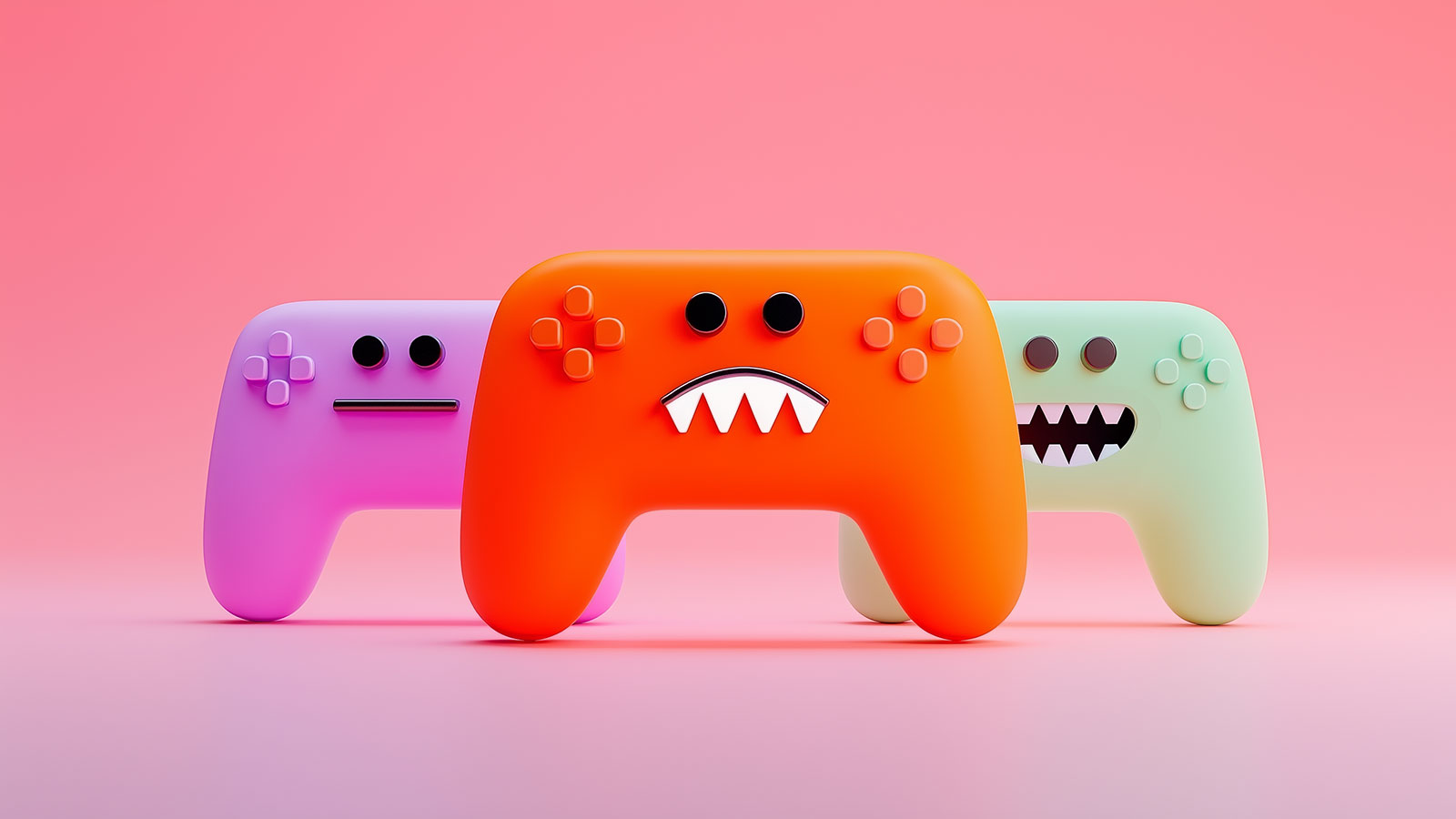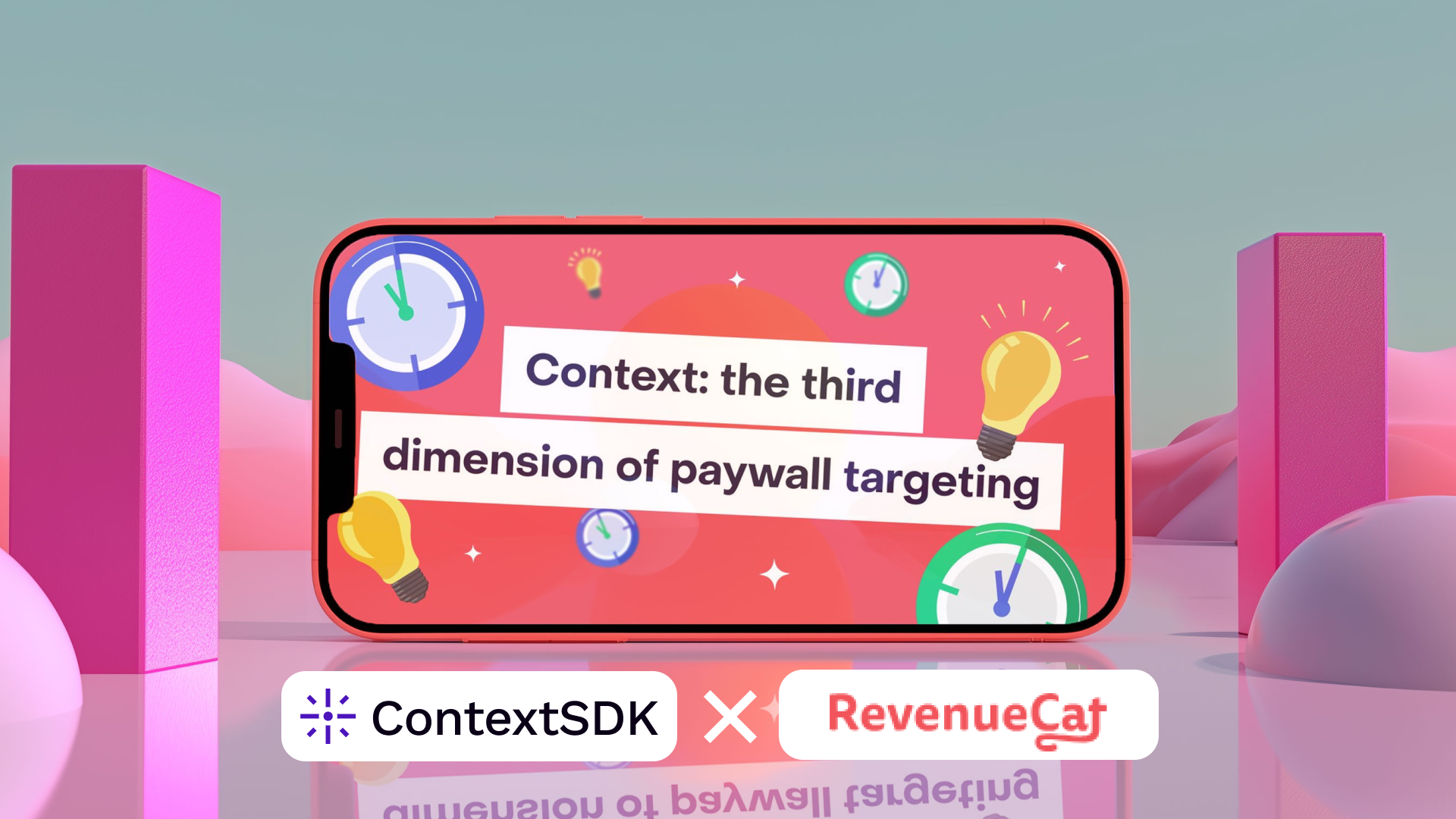Beating the Day‑1 Drop: How Health & Fitness Apps Can Build Habits with Contextual Nudges


Introduction
Session frequency plummets after Day 1. Data from Business of Apps shows that users open an app far less often even a week after install compared to Day 1. In fact, the average mobile app loses about 77% of its daily active users in just the first 3 days. Social apps see the highest Day 1 engagement (roughly ~2 sessions per day per user on launch day), yet even they suffer a sharp decline by Day 7. Meanwhile, niche categories like Food & Drink or Shopping start with fewer sessions and drop to almost zero by Day 30. In short, most new users don’t stick around or form a regular app habit - a huge problem for growth teams facing rising user acquisition costs.
The First 30 Days: Critical for Habit Formation and Retention
Early retention metrics tell the story: over 90% of new users give up on an app within the first month. This means that if you haven’t hooked a user within their first 7-30 days, chances are you never will. Why is this period so crucial? It’s the window in which users decide if your app will become part of their daily routine (a true habit) or fade into the clutter of their home screen. Behavioral research on habit formation suggests repetition and timely cues are key in those early days. As product strategist Andrew Chen famously noted, losing 80% or more of new users quickly is “normal” for apps, but the apps that survive are those that turn initial usage into a lasting routine.
For health and fitness apps, habit formation is especially vital. These apps succeed only if users consistently perform the desired behavior (drink water, meditate, work out, etc.). If a user installs a water-tracking app but forgets to log drinks after Day 1, they won’t see results - and they’ll likely churn. That’s why growth teams obsess over Day 1, Day 7, and Day 30 retention: those numbers reflect whether a healthy usage habit took hold. Habits aren’t formed by accident; they’re intentionally cultivated through smart onboarding, ongoing value, and well-timed reminders in those first few weeks.
Why are habits so hard to establish? One big reason is that users have busy lives and many distractions. Simply expecting a new user to remember to open your app daily is wishful thinking. This is where behavioral design comes in - using triggers, rewards, and cues to encourage repetition. But behavioral design needs context to work. A generic daily reminder (“Hey, come back to our app!”) sent at a random time can easily backfire - it might interrupt the user at a bad moment or feel irrelevant. To truly help users build a habit, you need to meet them in the right moment when they’re receptive.
Context is King: Meeting Users in the Right Moment
We’ve all experienced notification overload: dozens of pings and push alerts arriving at the wrong time. Users quickly develop notification blindness and start ignoring or silencing apps that nag indiscriminately. For health app marketers, this is a nightmare - your well-intended reminder to log a meal or start a workout could be swiped away without a glance if it catches the user at a busy moment. The key to breaking through is contextual timing.
Instead of scheduling reminders purely by elapsed time or fixed intervals, contextual triggers consider the user’s real-world situation. Is the user idle or active right now? Are they winding down for the evening or rushing to work? By analyzing signals like the user’s motion (e.g. walking vs. sitting) or typical daily routine, you can time your engagement for when it’s most welcome. ContextPush, one of ContextSDK’s core products, is built for this purpose - it uses on-device signals to send push notifications at exactly the right time, rather than just in real-time. The goal is to deliver a helpful nudge when the user is likely free, attentive, and in the mindset to take that action, thereby driving engagement without disruption.
Consider a hydration tracker app. If the app’s strategy is to simply ping the user every 2 hours to “drink water,” many notifications will surely arrive at inconvenient times (in a meeting, driving, sleeping, etc.) and get ignored. A better approach is context-aware hydration reminders: for example, trigger a notification when the user has been idle for a while (perhaps indicating they’re at a desk or taking a break) and it’s late afternoon when mild dehydration typically sets in. If the phone’s sensors show the user is not in motion (stationary) and it’s a customary water-break time, the reminder is far more likely to be appreciated and acted on. Timing is personalization. One recent analysis noted that “meeting your users where they are (not where you wish they’d be) can double your revenue.” That is, tailoring not just the message but the moment of delivery makes a huge difference in outcomes.
Waterllama’s Smart Habit-Building Example
A great real-world example of contextual engagement is the popular hydration app Waterllama. Waterllama helps users build a daily water-drinking habit with a fun interface and “smart reminders” that are only sent when you need them. If you’re diligently logging your drinks and staying on track, Waterllama won’t spam you - it stays quiet. But if you forget to log any water for a while, the app gently nudges you with a reminder, often accompanied by a quirky fact about hydration to keep it engaging. These notifications arrive at sensible times and never feel like random spam. As a result, users find the reminders helpful rather than annoying, and they’re more likely to continue using the app daily. “The app helps you build a healthy hydration habit with a beautifully designed interface and a few neat features that keep you coming back for more,” one TechRadar review noted. In other words, Waterllama’s approach - contextual, minimal, and value-adding nudges - keeps users coming back and forming a lasting habit.
Waterllama illustrates how habit formation and context go hand-in-hand. The app’s design acknowledges that human behavior is heavily cue-driven: we drink water not just because an app says so, but because the reminder reaches us at a time when we can act on it (and with a motive, like a fun fact or a cute llama animation, providing extra incentive). This is exactly the philosophy behind using ContextSDK’s ContextPush in a health app. By leveraging real-world context (device signals like motion or time of day), apps can mimic Waterllama’s “right moment” strategy at scale - automatically pinging each user at their ideal times. The payoff is higher retention: users don’t tune out the messages, and they actually follow through on the healthy actions the app promotes. In fact, industry stats show push notifications can boost 90-day retention by 3-10× when done thoughtfully. The caveat is they must feel timely and relevant - which is exactly what context-triggered nudges achieve.
Right-Time Paywalls: Monetization Without Losing Users
Retention alone isn’t enough; health and fitness apps also need to convert happy users into paying customers (whether via subscriptions, in-app purchases, or premium upgrades). Here too, timing is everything. We’ve all seen aggressive monetization prompts that appear at the worst moments - a paywall pops up right when you open the app for the first time, or an upgrade ad interrupts your meditation session. These tactics often hurt more than they help: a poorly timed paywall can drive a user to close the app in frustration and never return. To improve monetization, the paywall or upsell must appear at an opportune moment - when the user is most likely to say “yes” rather than “ugh, not now.”
What does an ideal paywall moment look like in a health app? A few examples: right after a user achieves something or derives value. If a user just completed their daily step goal or finished a 10-day meditation streak, they’re feeling accomplished and appreciative of your app. That’s a natural point to suggest an upgrade: “Unlock more challenges” or “Go Premium to double your meditation library”. The user is in a positive, reflective state and open to investing in further success. Another good moment might be when the user is browsing calmly - say, scrolling through their progress stats in the evening - rather than when they first launch the app to quickly log an activity. The worst moments, by contrast, are when the user is rushed, busy, or yet to see value. As ContextSDK cheekily puts it, “you are not ready for that subscription prompt when you are trying to catch the bus.” In other words, context signals like motion and location can tell you if the user is in transit or occupied - a terrible time to ask for a purchase - and you can hold off. Why burn a valuable upsell on a user who’s likely to tap “X” just because they’re currently distracted?
This is where ContextDecision, the other core ContextSDK product, comes into play. ContextDecision analyzes on-device context signals to help apps decide when to show in-app offers or paywalls (and when not to). By waiting for the moments when a user is truly receptive, apps can significantly boost conversion rates without increasing the frequency of prompts. In fact, choosing the right moment can often beat sheer volume. In one case study, Wizz, a friend-finding mobile app, found that by using context to time its paywall offers, it achieved its sales goals with only 20% of the usual prompts, replacing brute-force frequency with smarter timing. Users weren’t bombarded with upgrade pop-ups; instead, a few well-timed offers reached them when they were most engaged - yielding an 81% lift in conversion rate for that app’s premium subscription. This aligns with the intuition that a user who feels the app “read the room” will respond far better. By respecting the user’s context (e.g. not interrupting a workout or not asking for money before any value is shown), you not only improve conversions but also preserve the goodwill that keeps users coming back.
Behavioral Design Needs Context to Succeed
The lessons for growth and marketing teams are clear: if you want to shape user behavior, timing and context are just as important as the message itself. In classic habit-forming product theory (think Nir Eyal’s Hooked Model or BJ Fogg’s Behavior Model), an external trigger is what sparks the desired action. But for a trigger to actually initiate action, the user must have the ability and motivation in that moment. Context is the missing piece that bridges this gap. A well-timed trigger arrives when the user’s context makes the action easy (ability) and relevant (motivation). For instance, a reminder to log a meal is far more effective if it comes at lunchtime (when the user is about to eat and can log immediately) than if it comes during a busy work meeting. The context of time and activity hugely influences whether the user will act on the trigger.
By incorporating real-world context - whether that’s the user’s current activity state (idle, active, driving) or recent behavior - apps can align their design with the user’s natural routine and cognitive state. This reduces friction and annoyance, and instead creates a feeling that “this app just gets me.” Users start to trust that your app will only ping them with something worthwhile, at a moment that makes sense. Over the first few weeks, this builds a positive feedback loop: the user responds to your contextual nudges, sees progress (building the habit), and wants to keep engaging. The habit thus transitions from externally prompted to internally driven; as one habit expert notes, “soon users are internally triggered every time they feel a certain way… and the habit is formed.” That is the endgame - for a hydration app, the user eventually feels thirst or sees a glass of water and it subconsciously reminds them of the app and their goal, thanks to the groundwork your contextual triggers laid.
Actionable Takeaways for Growth Teams in Health & Fitness Apps
- Track your Day 1 and Day 7 drop-off, then intervene: If you see session frequency nose-diving after the first day (which it likely is), implement a strategy to engage users during days 1-7. This could include a short onboarding challenge or daily tips - anything to give a reason to come back each day in week one. Make sure these touchpoints demonstrate real value early (e.g. tangible health insights by Day 3) so that users form an attachment before the novelty wears off.
- Use contextual reminders, not just routine push notifications. Rather than blasting all users with the same 9am “Time to meditate!” alert, leverage context data to personalize timing. For example, send a workout reminder when the user’s phone has been stationary for an hour (indicating downtime), or a wind-down meditation prompt when the user usually logs off work. By sending fewer, but smarter, notifications you’ll keep users engaged without overwhelming them. Remember: the right message at the wrong time is the wrong message.
- Optimize paywall displays for moments of success or calm. Analyze your user journey to find points when users are most satisfied or idle - that’s your window to present an upgrade. For instance, just after a user hits a goal or when they open the app for a leisurely browse of progress stats. Avoid throwing paywalls in a user’s face during high-stress or high-focus moments (like mid-workout, or immediately on app launch before they’ve done anything). A well-timed paywall not only converts better but also feels like a natural extension of the user’s progress (“I’ve done 10 sessions, maybe going Pro will help me do 100”).
- Leverage tools that provide “context as a service.” Implementing context-triggered logic can be complex, but platforms like ContextSDK abstract a lot of this for you. ContextPush can interface with your existing notification system (e.g. Braze or OneSignal) to deliver pushes at the optimal times without you reinventing the wheel. ContextDecision can run on-device to decide if now is the right moment to show that offer or prompt. These tools let you add a layer of intelligence on top of your current engagement campaigns. The result is an “intent-aware” app that feels responsive to the user’s life, not just their taps.
- Measure and iterate on timing. Just as you A/B test message copy or screen designs, do the same for timing rules. Try sending a prompt under different context conditions and see which drives higher action rates. You might find, for example, that users are 2× more likely to log dinner in a calorie tracker if the nudge comes after 8pm (once they’re likely done eating) versus at 6pm. Use the data to continuously refine your context triggers. Many teams are surprised to find small timing tweaks can yield big lifts in retention or revenue - sometimes better timing beats better content.
By focusing on context and the quality of engagement over sheer quantity, health and fitness apps can dramatically improve their retention and growth. Users will not only stick around longer but also develop the very habits that your app was designed to foster. And habit-formed users? They tend to become loyal customers, brand advocates, and the core of sustainable growth. The first-day drop doesn’t have to spell doom - with well-timed contextual nudges and smart behavioral design, you can turn that Day 1 download into a Day 30 devoted user, and beyond.
In the battle for user retention, timing truly is everything.






